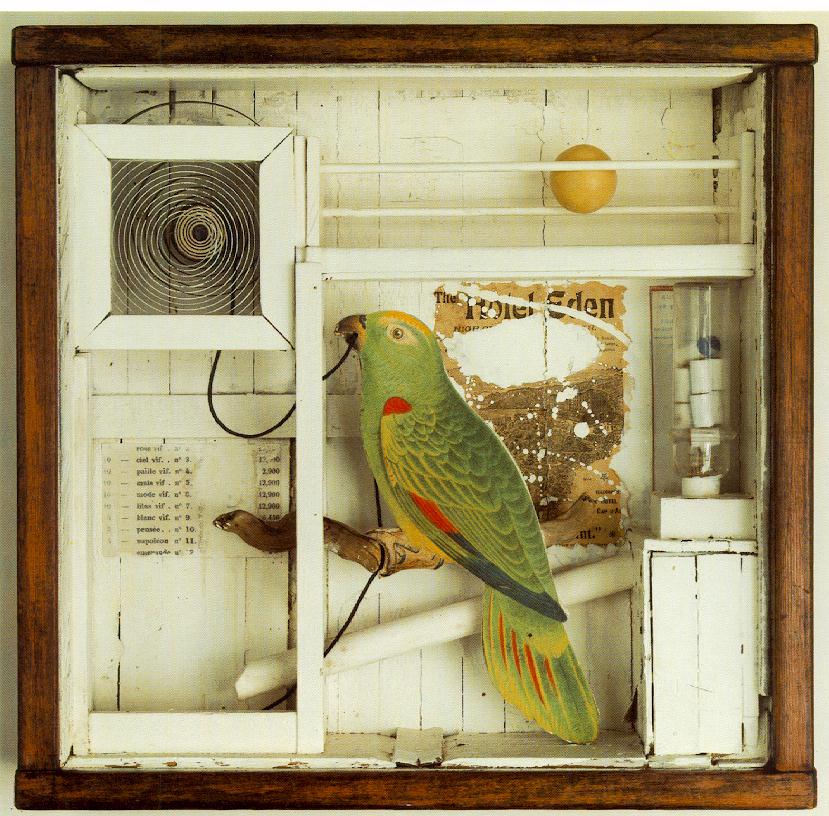BALANCE
Balance is exactly what it sounds like --balance. If there is one thing on the left side in the art, then there is also something on the right side. This creates a sense of equilibrium.
 |
| Artist: Grant Wood |
EMPHASIS:
Emphasis is what the artist really wants your eyes to be drawn to first. It is the main thing, the center of interest, in the work.
 |
| Artist: George Bellows |
UNITY
Unity is when different art elements and principles are used to make up an artwork and combine in a way that is harmonious.
 |
| Artist: Vincent van Gogh |
For example, the picture above uses color (the "cool" blues), line and movement
VARIETY
Variety is much like unity in that it is a combination of different elements. However, the result does not have to be harmonious.
 |
| Artist: Joseph Cornell |
PROPORTION
Proportion refers to the size of one part compared to the size of another part. Whether something is bigger or something is smaller, it is in terms of proportion.
 |
| Artist: Rembrandt van Rijn |
The art easel in this painting is much bigger than the man looking at it. In fact, the man looks extremely short compared to the easel. Most likely the man isn't that small and it is just the artist's way of showing that the art easel is much closer and the man is farther away through the principle of proportion.
MOVEMENT
Movement is the suggestion of motion in the artwork. It generally portrays an action, such as running or the wind blowing.
 |
| Artist: Roy Lichtenstein |
HARMONY
Harmony is much like unity in that it is the result of combining similar elements.
 |
| Artist: Leonid Afremov |
In this picture, each color is shown everywhere. Even though each color is different, they are placed everywhere throughout the painting which makes it harmonious. Also, there is the use of line which is the pathway; it take our eyes deeper into the painting so we can take in all of it from the multi-colored trees to the multi-colored house.

No comments:
Post a Comment